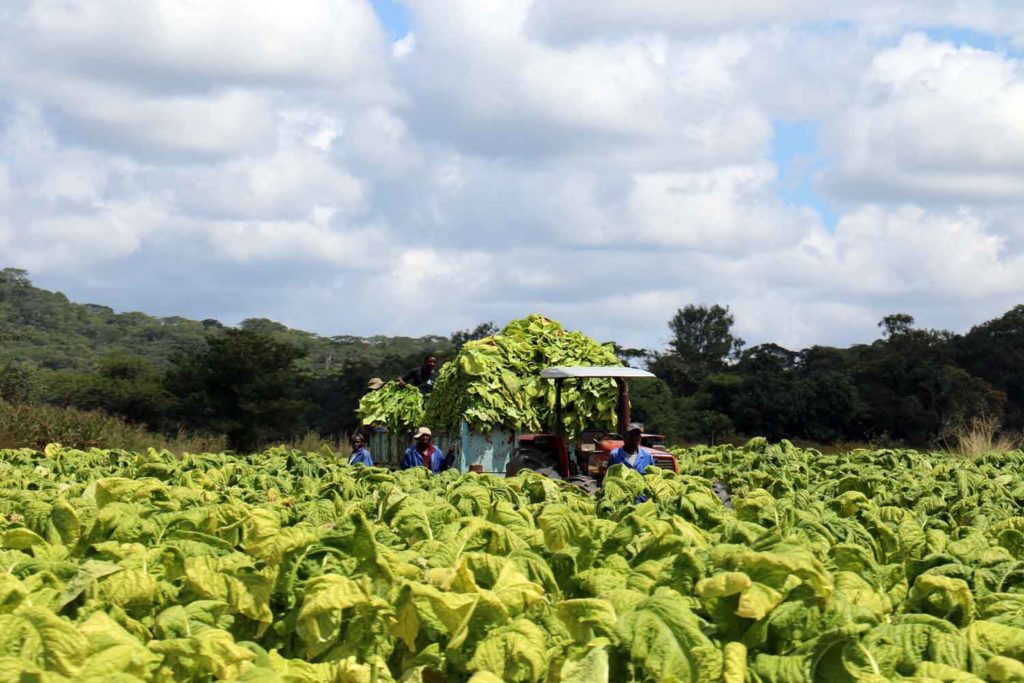Drought-Tolerant Tobacco Introduced
- Featured Leaf News This Week
- June 21, 2023
- 0
- 2 minutes read


Zimbabwe’s Tobacco Research Board (TRB) has developed and released four drought-resistant tobacco varieties, according to News Day.
The new varieties will help farmers who have been planting varieties not suited for their areas, according to Frank Magama, TRB CEO. They will also help the country meet its goal of producing 300 million kg by 2025.
“Just to show you that we haven’t abandoned tobacco, I think in March, we released four varieties that are already in the market, and these varieties actually fit into the Tobacco Transformation Plan where we need to go to 300 million kilograms,” Magama said.
“Already, you see that it’s quite possible, but what we have done with these varieties is that they are drought tolerant.
“So, they will be able to safeguard the yields that we are currently obtaining within the tobacco growing districts, you know the usual one, but more importantly, we have put more hectarage in the amount of tobacco that can be grown.
“Now, we have a belt around Masvingo where growers used to use the wrong varieties. They can grow this profitable (one), and we have a belt in Lower Gweru, and we have a belt in Matabeleland where there is a concentration of growers that are doing tobacco, and they are also suffering from wrong varieties.
“But with these varieties, what it means is we have marginally increased the area under tobacco production by providing varieties that will actually be profitable in those areas.
“And again, that fits within the scope of 300 million kilograms. Obviously, there are a number of things that we can do to make sure that we can constantly get the 300 million kilograms without necessarily increasing the hectarage itself. So, increasing hectarage wasn’t part of getting to the 300 million kilograms, but it was part of safeguarding the yield in the current tobacco production zones, including so-called marginal areas.”
Tobacco exports in the country reached $407 million as of April 30, 2023, compared to $308 million by April 13, 2022.